Home>Garden Essentials>How Long To Grow Basil From Seed
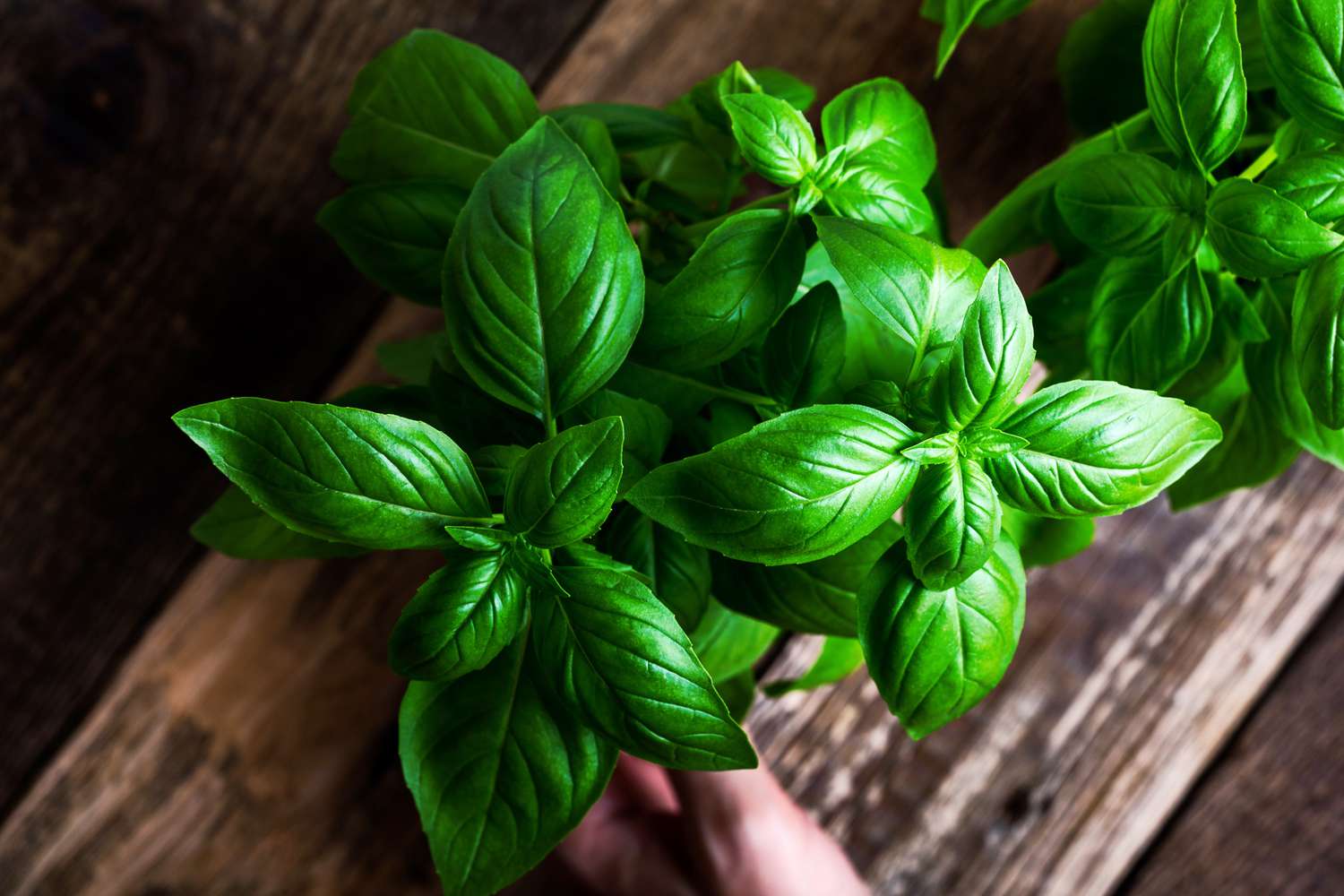

Garden Essentials
How Long To Grow Basil From Seed
Modified: March 16, 2024
Learn how to grow basil from seed in your garden and discover the ideal timeline for basil plants to reach maturity. Start your garden today!
(Many of the links in this article redirect to a specific reviewed product. Your purchase of these products through affiliate links helps to generate commission for Storables.com, at no extra cost. Learn more)
Introduction
Welcome to the world of gardening, where the simple act of growing your own plants can be a rewarding and fulfilling experience. If you’re a fan of fresh and aromatic herbs, you’re in for a treat with basil. With its vibrant green leaves and distinct flavor, basil adds depth and fragrance to a variety of dishes. The best part? You can easily grow basil from seed, right in your own garden or even in containers on your balcony.
But how long does it take to grow basil from seed? Well, that depends on a few factors such as the variety of basil you’re planting, the growing conditions you provide, and your overall gardening skills. In this article, we’ll guide you through the journey of growing basil from seed, from choosing the right seeds to harvesting the aromatic leaves.
So, let’s dive in and get ready to embark on a delightful gardening adventure!
Key Takeaways:
- Growing basil from seed is a delightful journey that requires choosing the right seeds, providing optimal growing conditions, and caring for the seedlings. With attention and love, you’ll soon enjoy a bountiful harvest of fresh, aromatic basil leaves.
- Harvesting basil at the right time and with proper technique ensures continuous growth and flavorful leaves. By following the steps outlined in the article, you can enjoy the satisfaction of growing and harvesting your own basil for culinary delights.
Read more: How Fast Does Basil Grow From Seed
Choosing the Right Basil Seeds
When it comes to choosing basil seeds, you’ll find a wide variety of options available. Each variety of basil has its own unique flavor and characteristics, so it’s important to choose seeds that align with your taste preferences and gardening goals.
For those just starting out, it’s recommended to go for common basil varieties such as Genovese basil, sweet basil, or Italian basil. These varieties are versatile and have a classic basil flavor that works well in various dishes from pasta sauces to pesto.
If you’re looking to experiment with different flavors, consider trying out other basil varieties like lemon basil, Thai basil, or cinnamon basil. These variations offer distinct aromas and taste profiles, adding an interesting twist to your culinary adventures.
When purchasing basil seeds, look for reliable sources that offer high-quality seeds. This ensures that you’ll get seeds with a high germination rate, resulting in healthy and robust plants. You can find basil seeds at local nurseries, garden centers, or order them online from reputable seed suppliers.
Before making a purchase, check the seed packet for information on the seed variety, recommended growing conditions, and any specific instructions for germination. This will help you choose the right basil seeds and provide the best possible environment for their growth.
Preparing the Growing Environment
Once you’ve selected the right basil seeds, it’s time to prepare the ideal growing environment for them. Basil thrives in warm and sunny conditions, so choosing a suitable location is crucial for its successful growth.
Find a spot in your garden that receives at least six to eight hours of direct sunlight each day. If you’re growing basil in containers, place them in an area that gets ample sunlight, such as a south-facing balcony or patio.
Next, prepare the soil for planting. Basil prefers well-draining soil that is rich in organic matter. You can improve the soil quality by incorporating compost or well-rotted manure. This helps to retain moisture while also providing essential nutrients for the growing plants.
Before planting the seeds, it’s a good idea to perform a soil test to check the pH level. Basil prefers a slightly acidic soil with a pH range of 6.0 to 7.5. If the pH is not within this range, you can adjust it by adding lime to raise the pH or sulfur to lower the pH.
Ensure that the soil is loosened and free from any debris or weeds. You can achieve this by gently tilling the area or carefully preparing the containers by filling them with good-quality potting mix.
In colder regions or at the beginning of the growing season, you can start basil seeds indoors. This allows you to get a head start and transplant the seedlings outdoors once the weather warms up.
By providing the right growing environment, you set the stage for healthy basil plants that will thrive and reward you with abundant harvests.
Planting Basil Seeds
Now that you’ve prepared the growing environment, it’s time to sow the basil seeds. Follow these steps to ensure successful germination and growth:
- Start by gently sprinkling the basil seeds over the prepared soil or sowing them in individual containers if you’re starting indoors. The seeds should be spaced about 6 inches apart to allow enough room for the plants to grow.
- Once the seeds are spread, lightly cover them with a thin layer of soil. Basil seeds are small and should only be covered with a dusting of soil, about ¼ inch deep. Avoid burying them too deeply as this can hinder germination.
- Gently press down on the soil to ensure good seed-to-soil contact, but be careful not to compact the soil too much.
- Water the soil lightly, using a watering can with a gentle spray or mist setting. Be sure not to overwater, as excessive moisture can lead to rotting.
- Place clear plastic wrap or a humidity dome over the planted seeds to create a mini greenhouse effect. This helps to retain moisture and warmth, promoting faster germination. Once the seedlings emerge, remove the cover to allow for air circulation.
Keep the soil consistently moist but not saturated during the germination phase. Basil seeds typically germinate within 7 to 14 days, depending on the temperature and growing conditions. It’s important to provide a warm environment for successful germination, with temperatures around 70 to 85°F (21 to 29°C).
As the seedlings grow, thin them out if necessary, allowing only the strongest ones to remain. This ensures that each plant has enough space to grow and develop into healthy basil plants.
Now that your basil seeds are planted, get ready for the next stage of their growth journey: providing adequate light.
Providing Adequate Light
Light is a crucial factor for the healthy growth of basil plants. Providing them with adequate light ensures proper development, strong stems, and vibrant leaves. Here are some tips for ensuring your basil plants receive enough light:
- Outdoor Basil: If you’re growing basil outdoors, choose a location that receives at least six to eight hours of direct sunlight each day. Select a spot that is not shaded by trees or other structures. The more sunlight your basil plants receive, the better their growth and flavor.
- Indoor Basil: If you’re growing basil indoors, place your pots or containers near a south-facing window where they can receive maximum sunlight. If natural sunlight is limited, you can supplement it with artificial grow lights. Position the lights about 6 to 12 inches above the plants and keep them on for about 12 to 16 hours each day.
During the growing season, monitor your basil plants for signs of inadequate light. If the leaves start to become pale or stretch towards the light source, it’s an indication that they are not receiving enough light. In such cases, consider moving the plants to a brighter location or adjusting the positioning of the grow lights.
Remember to rotate your basil plants regularly to ensure even light exposure on all sides. This prevents the plant from leaning or stretching towards one direction and promotes even growth.
By providing the right amount of light, you’ll help your basil plants thrive and produce the lush foliage that is not only visually appealing but also packed with flavor.
Read more: How Long To Grow A Pumpkin From Seed
Watering and Moisture
Watering is a critical aspect of growing basil, as maintaining proper moisture levels is essential for the health and vigor of the plants. Here are some guidelines to help you water your basil plants effectively:
- Monitoring Moisture: Check the moisture level of the soil regularly by inserting your finger about an inch deep into the soil. If it feels dry, it’s time to water the plants.
- Watering Technique: When watering, aim to keep the soil consistently moist but not waterlogged. Overwatering can lead to root rot, while underwatering can cause the plants to become stressed and wilted.
- Watering Frequency: On average, basil plants require watering 1 to 2 times per week. However, this can vary depending on factors such as climate, temperature, and soil conditions. Adjust the watering frequency accordingly, ensuring that the soil remains evenly moist throughout the growing season.
- Watering Time: It’s best to water basil plants in the morning, allowing the foliage and soil to dry out during the day. This helps prevent the development of fungal diseases and ensures the plants have ample moisture to sustain growth during the day.
- Avoiding Overhead Watering: When watering, it’s advisable to avoid wetting the foliage excessively. Excess moisture on the leaves can create a favorable environment for fungal diseases to thrive. Instead, focus on watering the soil directly at the base of the plants.
While it’s important to provide adequate moisture, be cautious not to keep the soil too soggy. Well-draining soil allows for proper oxygen circulation around the roots and helps prevent waterlogged conditions.
If you’re unsure about the moisture level, it’s better to err on the side of underwatering rather than overwatering. Basil plants are relatively resilient and can tolerate short periods of slight drought.
By practicing proper watering techniques, you’ll help your basil plants flourish and maintain their health and vitality throughout the growing season.
Basil seeds typically take 5-10 days to germinate and 5-6 weeks to reach maturity. Keep the soil moist and provide plenty of sunlight for best results.
Fertilizing Basil Seedlings
As your basil seedlings grow, they will need a boost of nutrients to support their development and ensure robust growth. Fertilizing your basil plants helps provide the necessary nourishment for healthy foliage and abundant harvests. Here are some tips for fertilizing basil seedlings:
- Choosing the Right Fertilizer: Look for a balanced, water-soluble fertilizer specifically formulated for herbs or vegetables. These fertilizers contain essential nutrients like nitrogen, phosphorus, and potassium, which are vital for basil’s growth.
- Timing of Fertilization: Start fertilizing your basil seedlings when they have developed a few sets of true leaves, usually after about 4 to 6 weeks of growth. Prior to this stage, the seedlings can rely on the nutrients present in the soil or potting mix.
- Frequency of Fertilization: Fertilize your basil seedlings every two to three weeks during the growing season. Dilute the fertilizer according to the instructions on the package and water the plants with the solution. Avoid over-fertilizing, as this can lead to excessive foliage growth with reduced flavor.
- Applying the Fertilizer: When applying the fertilizer, pour it around the base of the plants, avoiding direct contact with the foliage. This helps the roots absorb the nutrients effectively. Alternatively, you can foliar feed by spraying a diluted fertilizer solution directly on the leaves, but do this in the early morning or late afternoon to prevent sunburn.
- Organic Alternatives: If you prefer organic options, you can use compost, worm castings, or fish emulsion as natural fertilizers for your basil seedlings. These organic amendments provide slow-release nutrients and improve the overall health of the soil.
Remember to water your basil seedlings regularly after fertilizing to ensure proper nutrient absorption. Additionally, always follow the instructions on the fertilizer package, as different brands and formulations may have specific guidelines for application.
Fertilizing your basil seedlings will give them the nutrient boost they need to thrive and produce abundant, flavorful leaves that will elevate your culinary creations.
Transplanting Basil Seedlings
Once your basil seedlings have grown strong and reached a suitable size, it’s time to transplant them into their permanent growing location. Transplanting allows the plants to have more space for root development and promotes healthier growth. Here are the steps to transplant basil seedlings:
- Timing: Transplant basil seedlings outdoors after the danger of frost has passed and the soil temperature has warmed to around 60°F (15°C). This is usually in late spring or early summer, depending on your location. For indoor-grown seedlings, aim to transplant them once they have developed around 4 to 6 sets of true leaves.
- Preparing the Soil: Choose a sunny location in your garden with well-draining soil. Clear any weeds or debris from the area and prepare the soil by loosening it with a garden fork or shovel. Incorporate compost or organic matter to improve the soil’s fertility and moisture retention capacity.
- Transplanting Process: Dig a hole in the prepared soil that is slightly larger than the root ball of the basil seedling. Gently remove the seedling from its container, being careful not to damage the delicate roots. Place the seedling in the hole, ensuring that the top of the root ball is level with or slightly above the soil surface.
- Backfilling and Tamping: Fill in the hole around the seedling with soil, gently pressing it down to eliminate air pockets. Avoid compacting the soil too tightly to maintain good soil structure and water infiltration. Provide a small space for water retention by creating a shallow depression around the plant.
- Watering: Give the transplanted seedlings a thorough watering to help settle the soil around the roots and ensure proper hydration. Afterward, continue to water the plants regularly, keeping the soil consistently moist until they establish themselves in their new location.
It’s important to provide some protection for newly transplanted seedlings, especially if the weather is still unpredictable or there is a chance of frost. You can use row covers, cloches, or even plastic containers with the bottoms removed to create a mini greenhouse effect and shield the young plants.
By following these transplanting steps, you’ll give your basil seedlings a smooth transition to their new home, setting them up for successful growth and abundant harvests.
Caring for Seedlings
Proper care is essential to ensure the healthy growth and development of basil seedlings. By following these care tips, you’ll nurture strong and vibrant plants that will provide you with an abundance of aromatic leaves:
- Watering: Keep the soil consistently moist, but avoid overwatering. Water the seedlings regularly, adjusting the frequency based on the moisture level of the soil. Ensure that the soil is evenly moist, but not waterlogged, as excessive moisture can lead to root rot.
- Thinning: If your basil seedlings are overcrowded, thin them out to promote better air circulation and prevent competition for resources. Leave the strongest and healthiest seedlings, spacing them about 6 inches apart to allow for proper growth and development.
- Weeding: Regularly check for any weeds that may compete with your basil seedlings for nutrients and water. Remove weeds carefully to avoid damaging the young basil plants. Mulching around the seedlings can help suppress weed growth and conserve moisture.
- Pruning: As your basil seedlings grow, pinch back the top growth regularly to encourage bushier and more compact plants. This helps promote lateral branching and leads to a fuller plant with more leaves for harvesting.
- Pest and Disease Control: Keep an eye out for common pests like aphids, slugs, or caterpillars. If necessary, you can use organic pest control methods such as handpicking, insecticidal soap, or neem oil to combat these unwanted visitors. It’s also important to monitor for any signs of diseases like fungal infections, and promptly remove and dispose of affected plant parts to prevent the spread of disease.
- Supporting Growing Plants: As your basil plants grow taller and develop more leaves, they may benefit from support to prevent them from toppling over. You can use stakes or cages to provide support, gently tying the plants to the supports as needed.
- Mulching: Applying a layer of organic mulch around the seedlings can help conserve moisture, suppress weed growth, and regulate soil temperature. Use materials like straw, wood chips, or dried leaves as mulch, being careful not to cover the base of the seedlings.
By caring for your basil seedlings attentively, you’ll ensure their strong and healthy growth, setting the stage for a bountiful harvest of fresh and aromatic basil leaves.
Read more: How Long To Grow Potatoes From Seed
Harvesting Basil
One of the most rewarding aspects of growing basil is being able to harvest and enjoy its fresh, aromatic leaves. When it’s time to harvest your basil plants, follow these guidelines to ensure the best flavor and continuous growth:
- Timing: Basil can be harvested once the plants have reached a height of about 6 to 8 inches and have developed a sufficient number of leaves. It’s best to harvest in the morning when the plants are at their freshest, before the heat of the day.
- Leaf Selection: Choose mature, fully developed leaves for harvest. Look for leaves that are vibrant green, plump, and free from insect damage or disease. Avoid harvesting the young, smaller leaves from the top of the plant, as these are essential for continued growth.
- Harvesting Method: Use clean garden scissors or sharp kitchen shears to cut the basil stems just above a set of leaves or a stem intersection. This method promotes new growth and ensures that the plant continues to thrive. Avoid tearing or ripping the leaves, as this can damage the plant and diminish its appearance.
- Continuous Harvesting: Regular harvesting encourages branching and stimulates the growth of new leaves. As the basil plants continue to produce new growth, you can keep harvesting leaves throughout the growing season. This not only extends your harvest but also helps maintain the taste and quality of the leaves.
- Storage: Freshly harvested basil can be used immediately in recipes or preserved for later use. To store basil, gently wash the harvested leaves in cool water and pat them dry. You can wrap them in damp paper towels and store them in a plastic bag in the refrigerator for up to a week. Alternatively, you can freeze basil leaves or make them into pesto for longer-term storage.
Remember to never remove more than one-third of the plant’s foliage during a single harvest. This allows the basil plants to continue growing and producing new leaves throughout the season.
Harvesting basil at its peak not only enhances the flavor of your culinary creations but also promotes healthy and vigorous growth, ensuring a constant supply of delicious leaves to enjoy.
Conclusion
Growing basil from seed is a fulfilling and rewarding experience for gardeners of all levels. With its vibrant green leaves and unmistakable aroma, basil adds a burst of flavor to a wide range of dishes. By following the steps outlined in this article, you can successfully grow basil from seed and enjoy a bountiful harvest of fresh, aromatic leaves.
From choosing the right basil seeds to providing the optimal growing environment, every step in the process contributes to the success of your basil plants. Preparing the soil, planting the seeds, and providing adequate light and water all play vital roles in ensuring healthy growth and abundant foliage.
Remember to care for your basil seedlings by thinning them out, pruning to promote bushy growth, and protecting them from pests and diseases. Regular harvesting of mature leaves will not only provide you with an endless supply of fresh basil but also encourage new growth and prolong the productive life of your plants.
Whether you choose to grow basil in your garden or in containers on your balcony, the joy of watching the seeds you planted sprout into beautiful, fragrant basil plants is incomparable. The satisfaction of harvesting your own basil and adding it to your favorite recipes is a truly gratifying experience.
So, start your basil-growing journey today and explore the delights of cultivating this versatile and flavorful herb. With a little care and attention, you’ll soon be rewarded with an abundance of basil leaves to elevate the taste of your meals while enjoying the beauty and aroma of your thriving basil plants.
Happy gardening and happy cooking!
Frequently Asked Questions about How Long To Grow Basil From Seed
Was this page helpful?
At Storables.com, we guarantee accurate and reliable information. Our content, validated by Expert Board Contributors, is crafted following stringent Editorial Policies. We're committed to providing you with well-researched, expert-backed insights for all your informational needs.
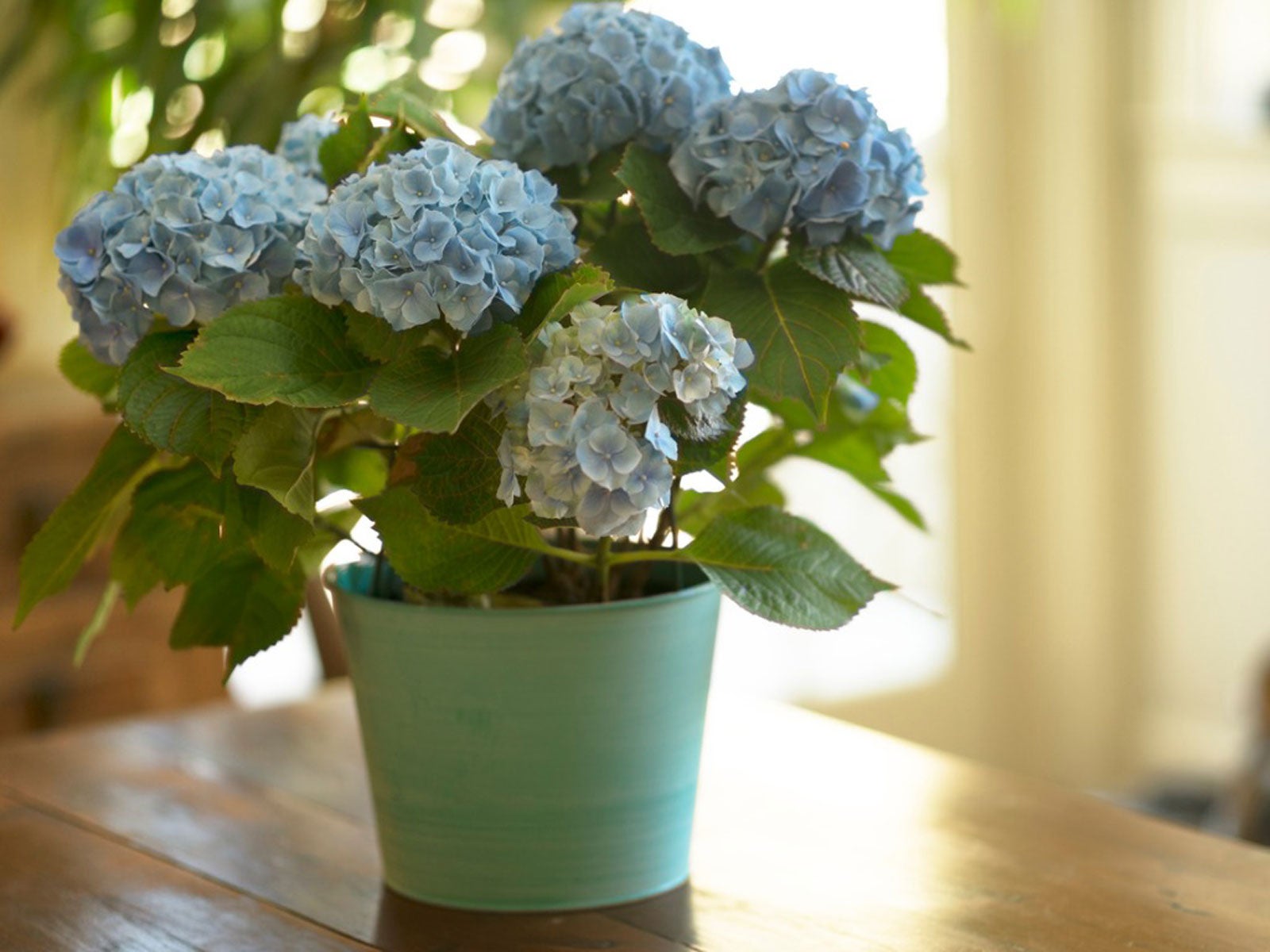
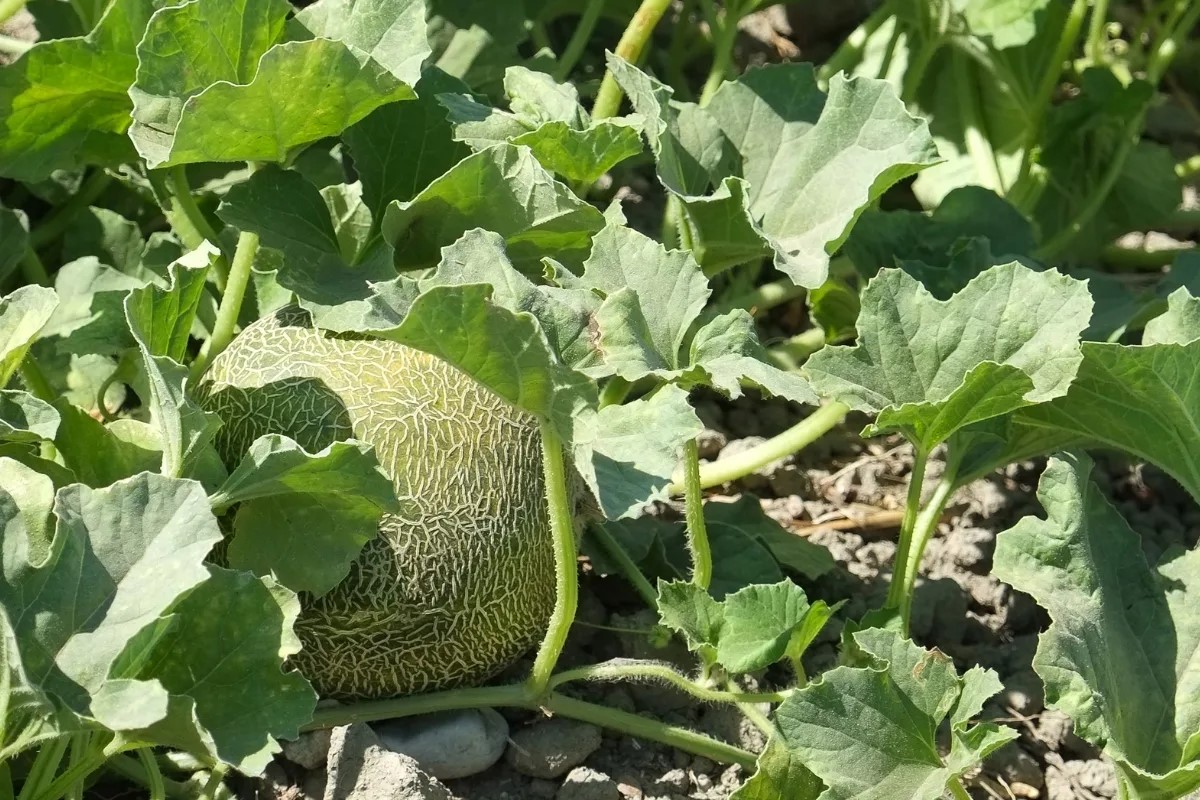
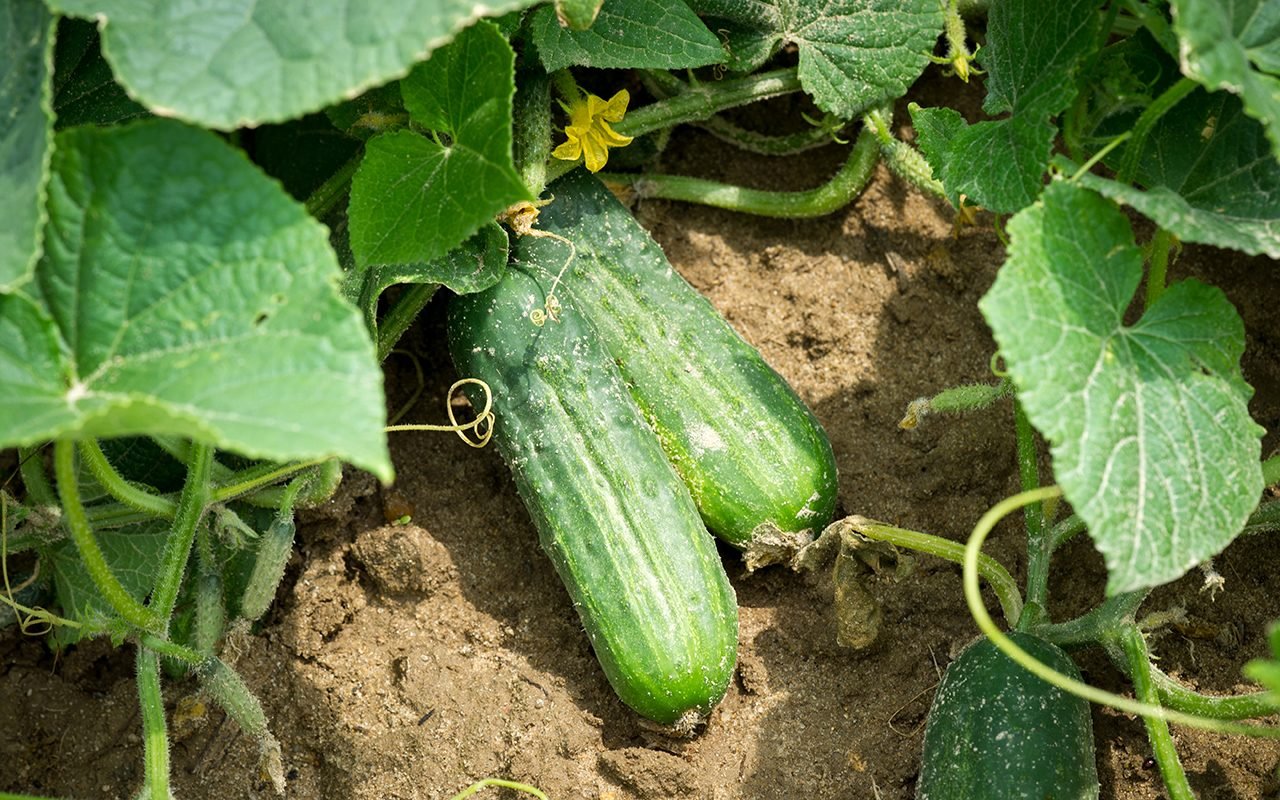
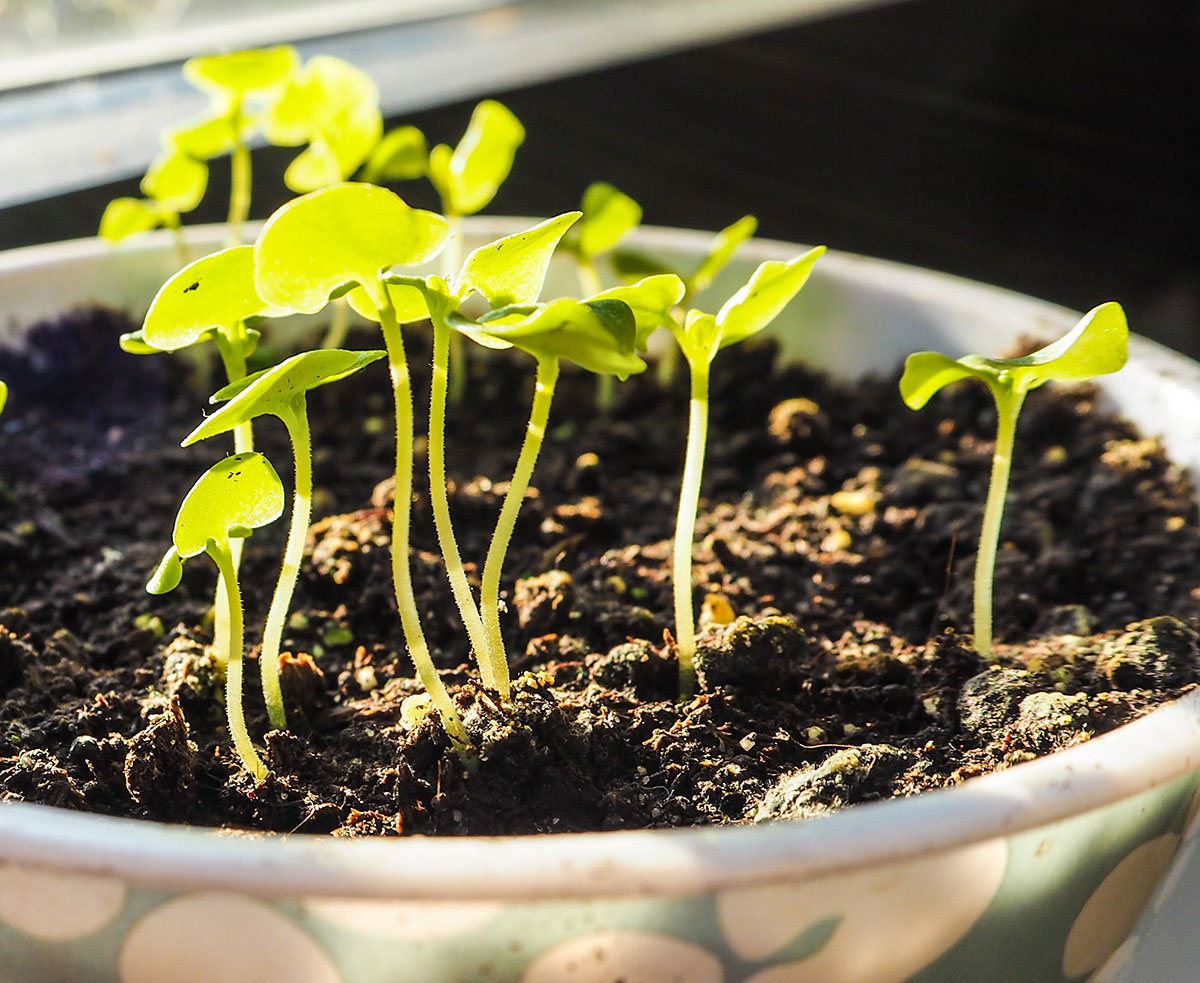
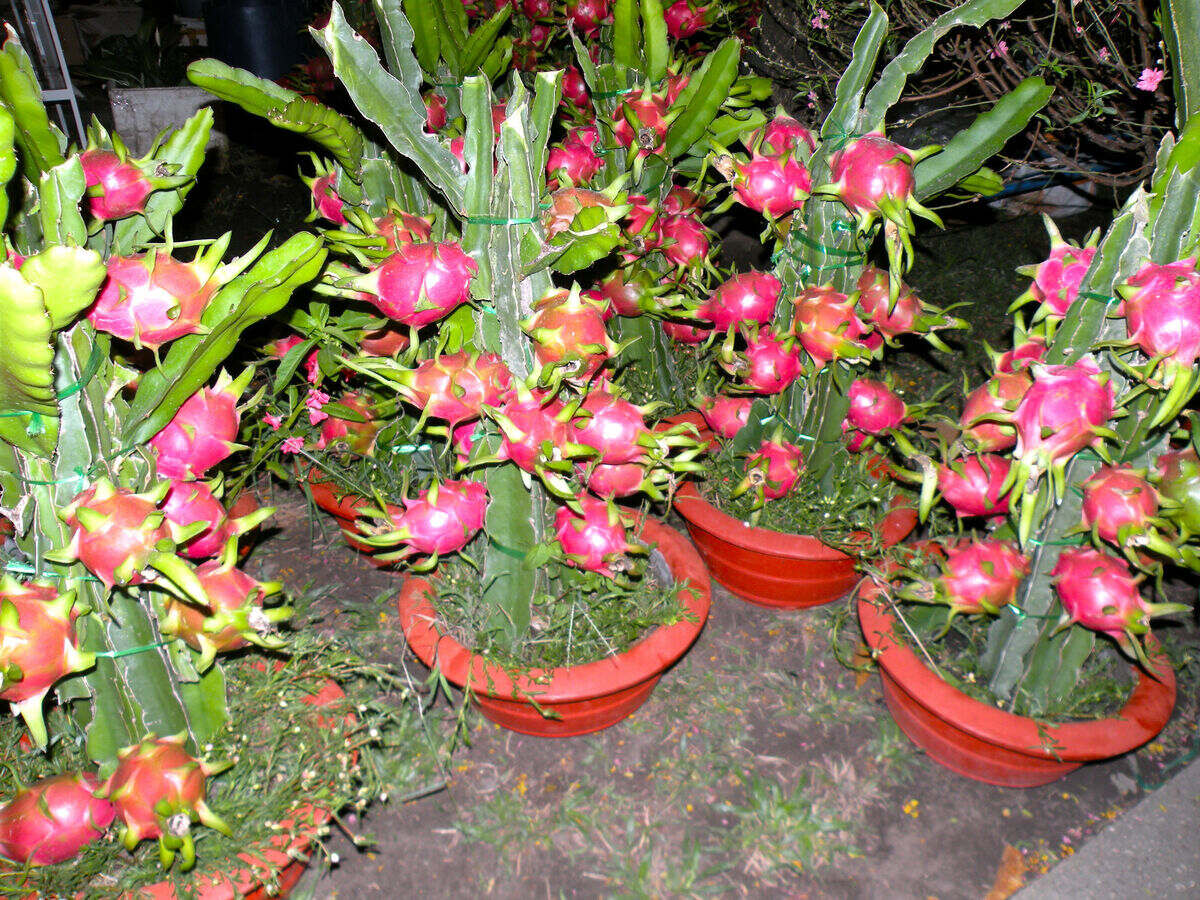
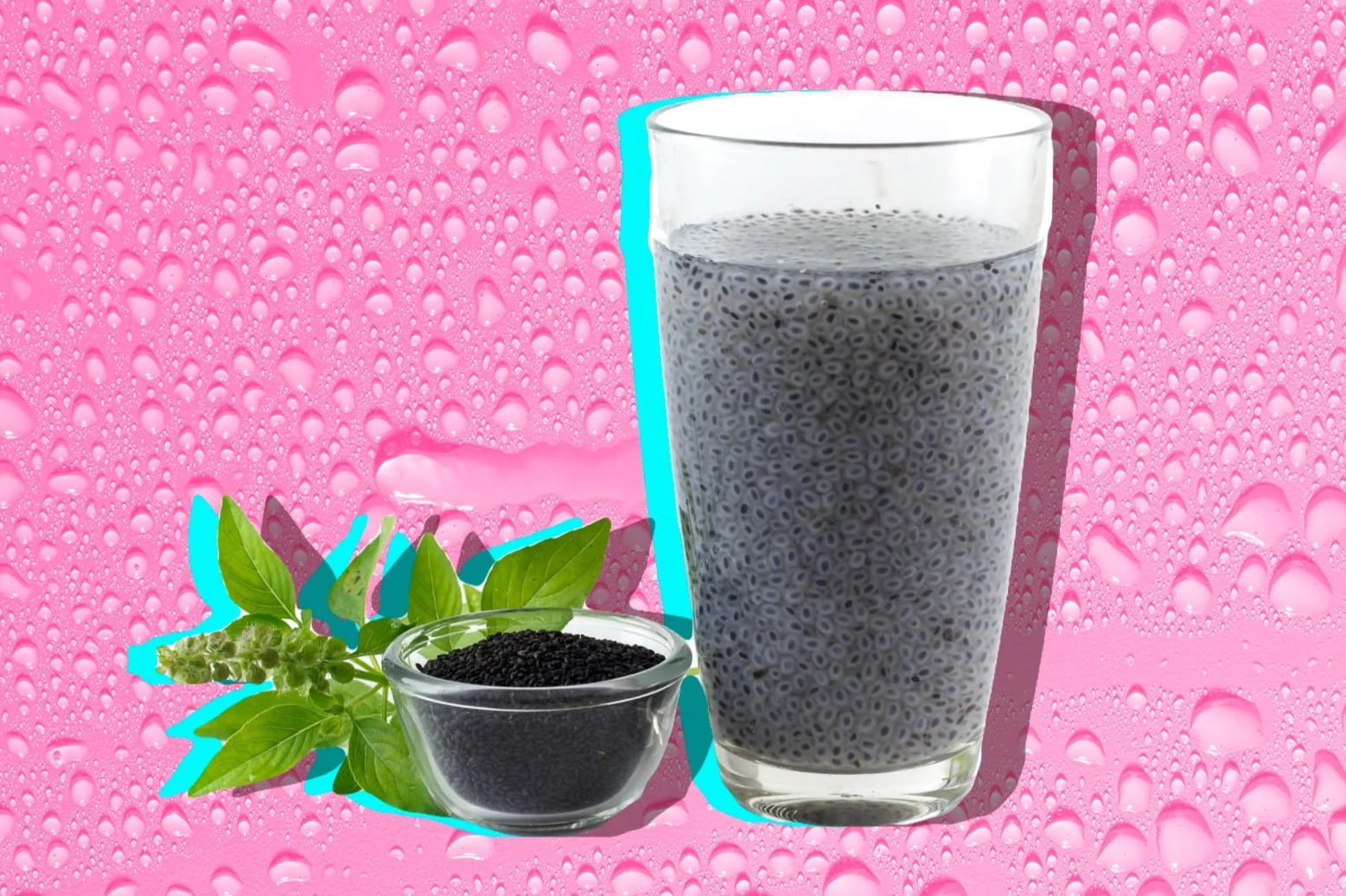
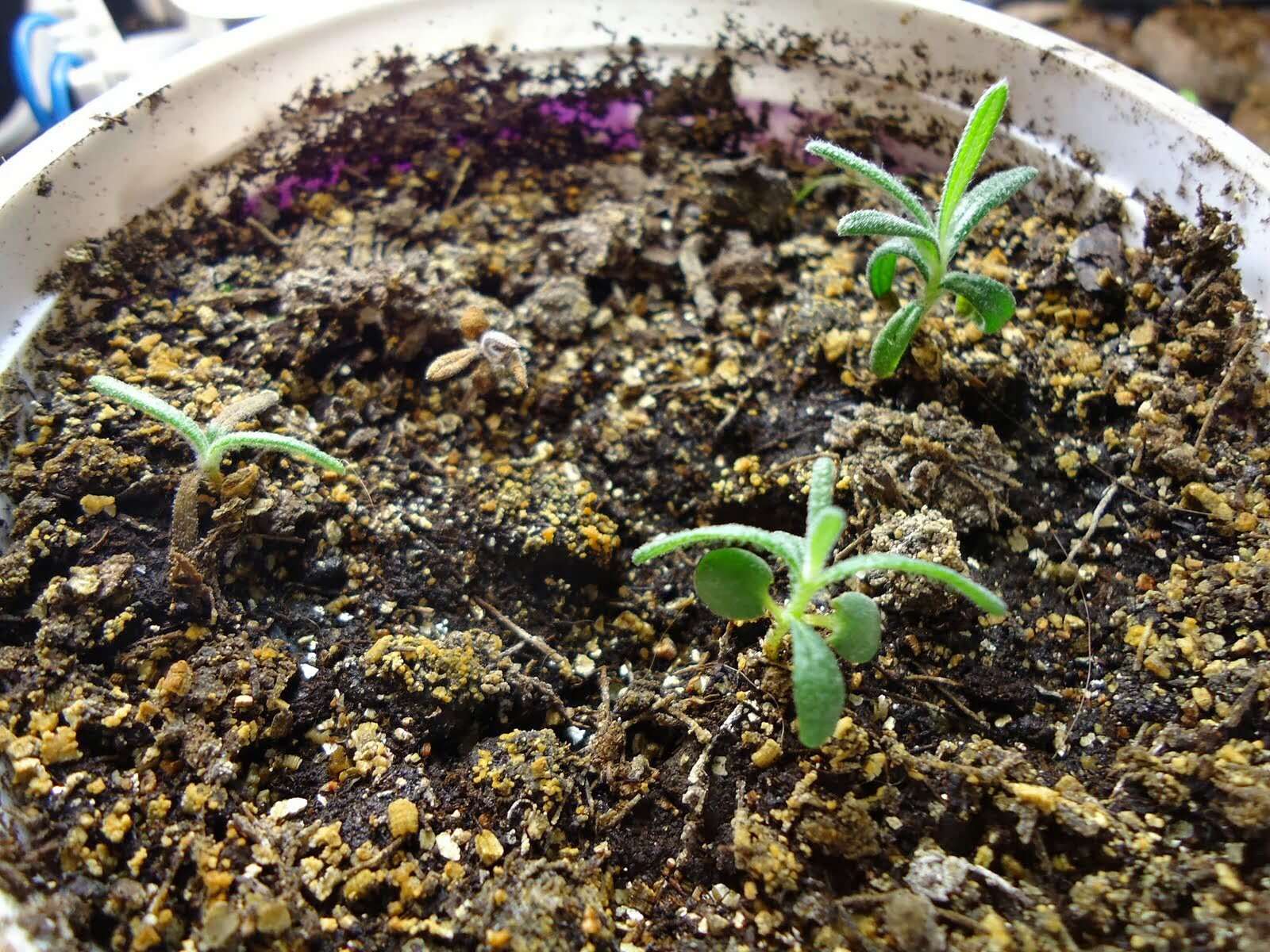
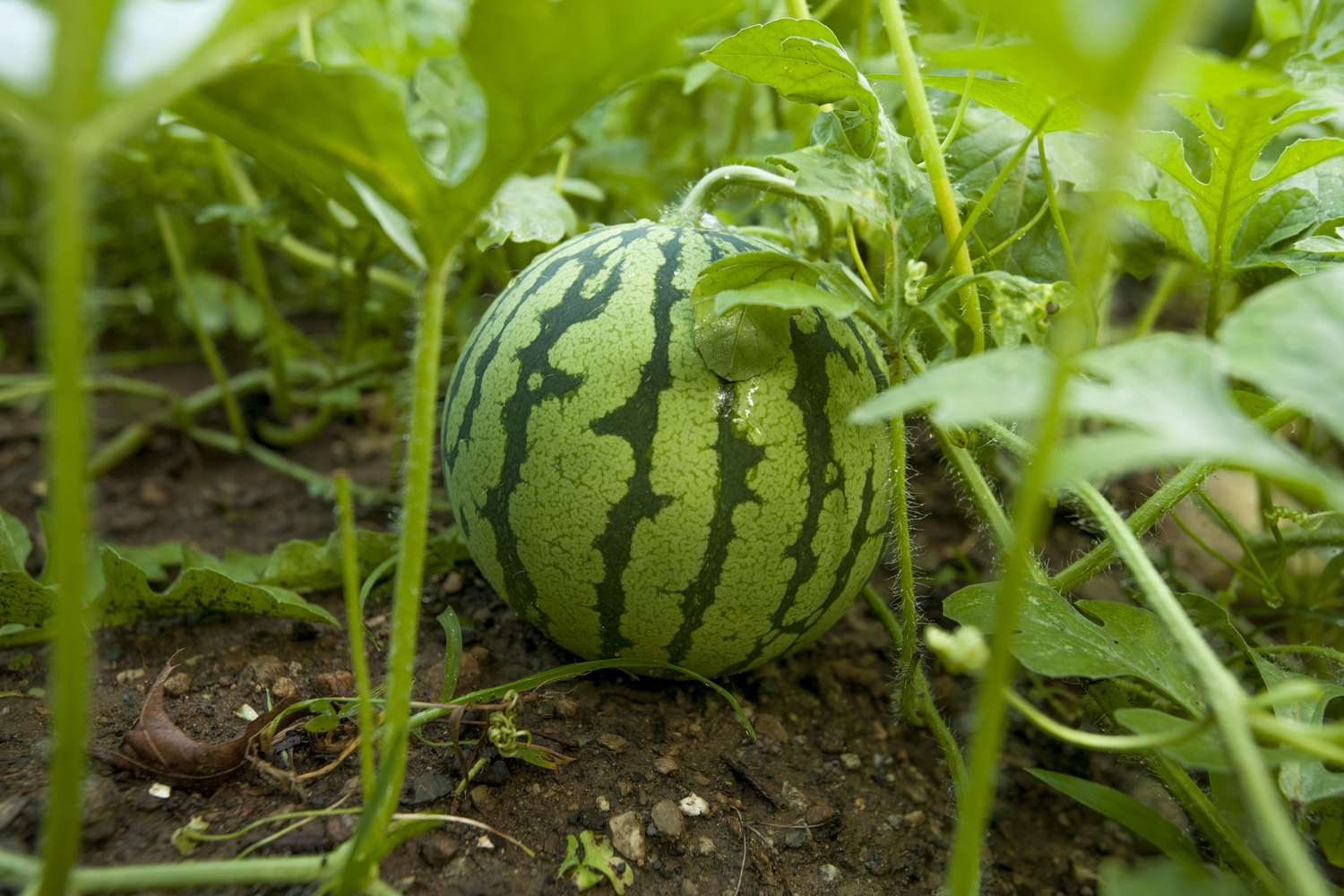
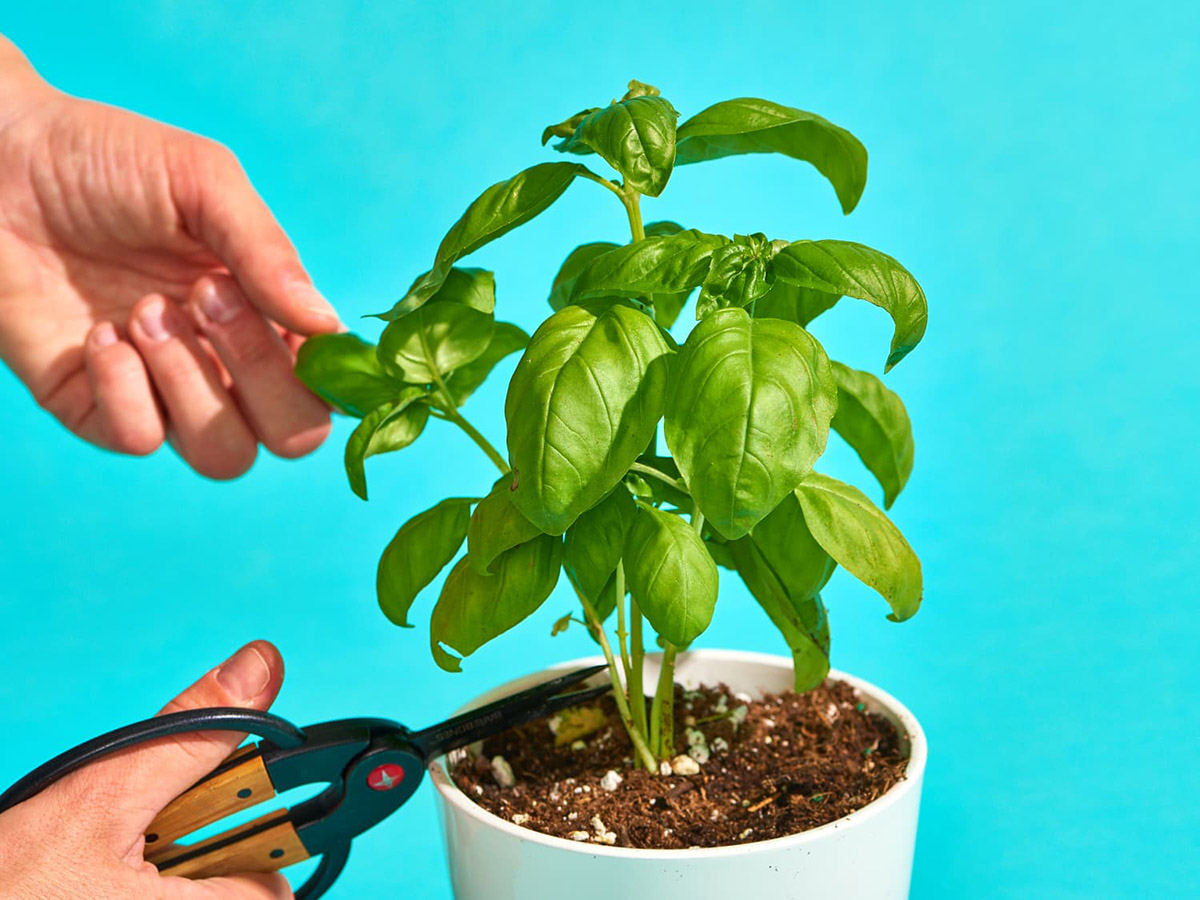
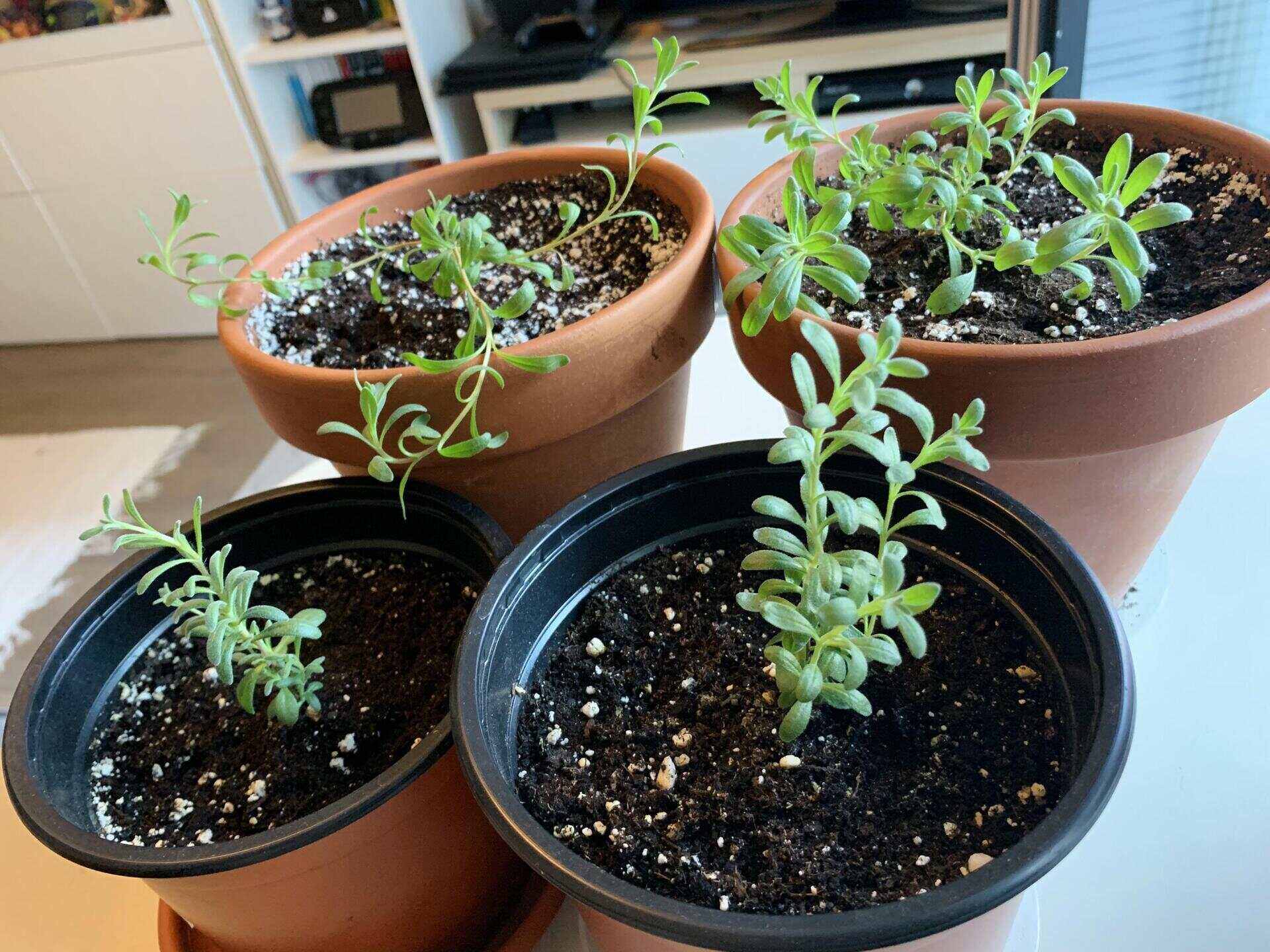
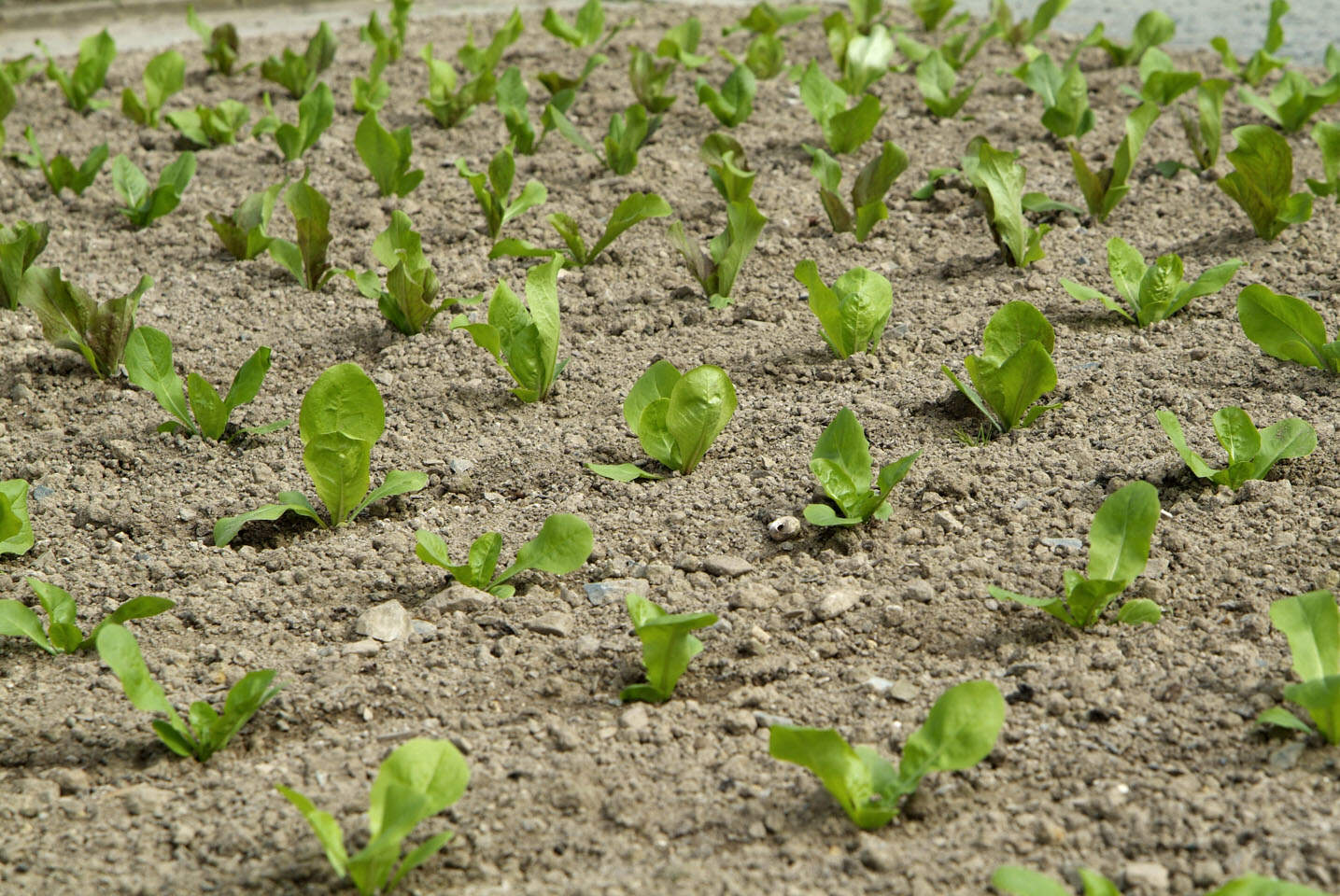
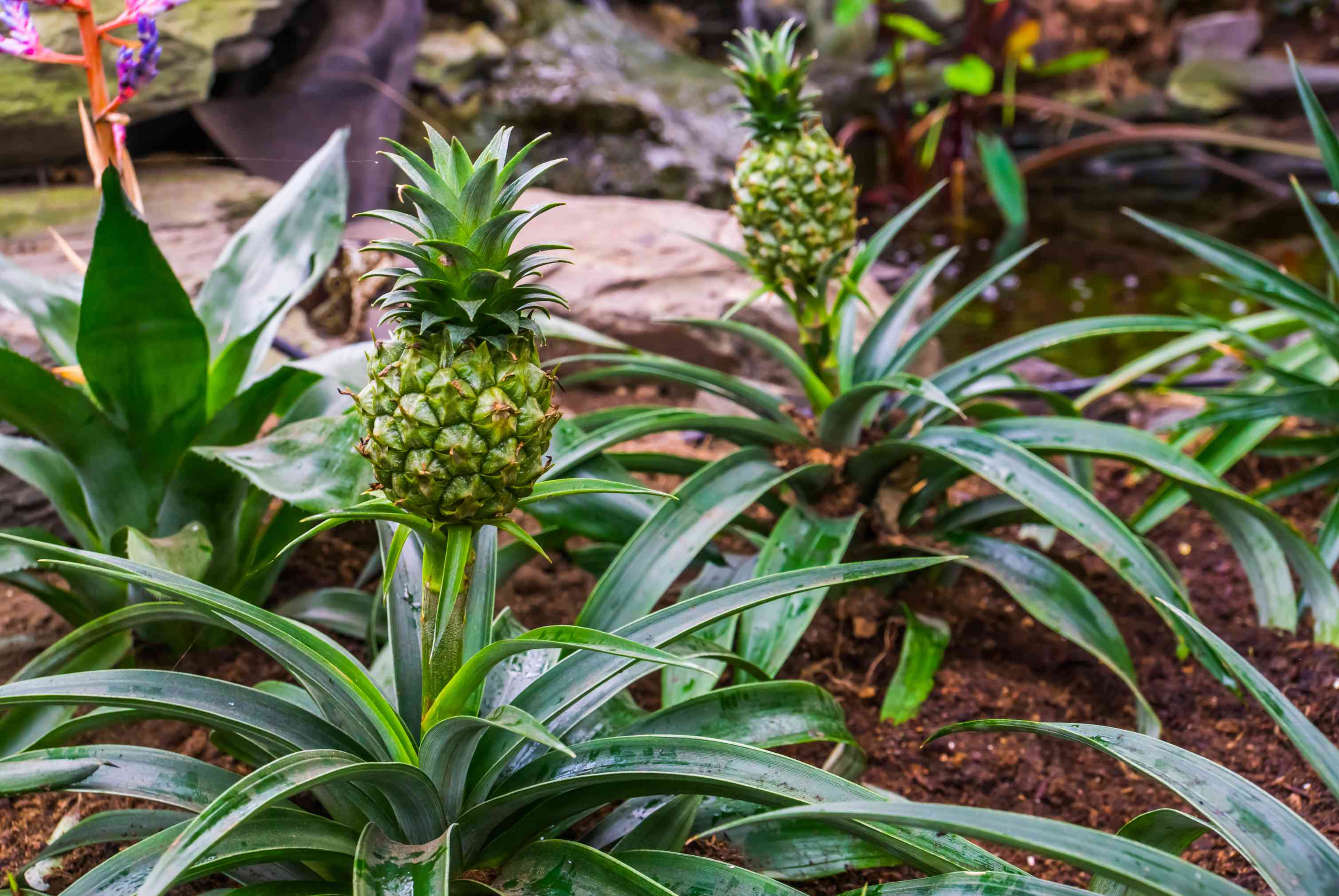
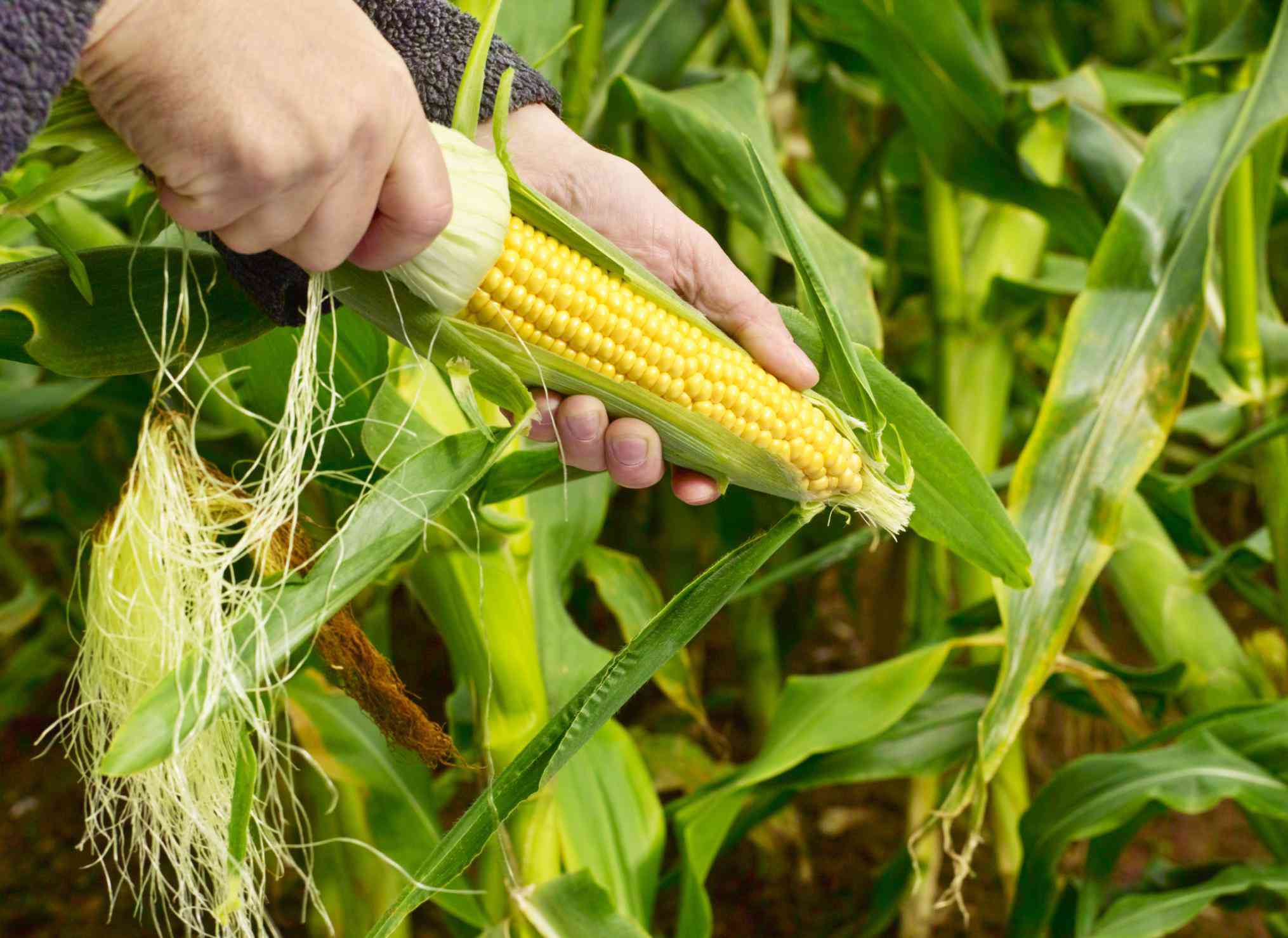

0 thoughts on “How Long To Grow Basil From Seed”